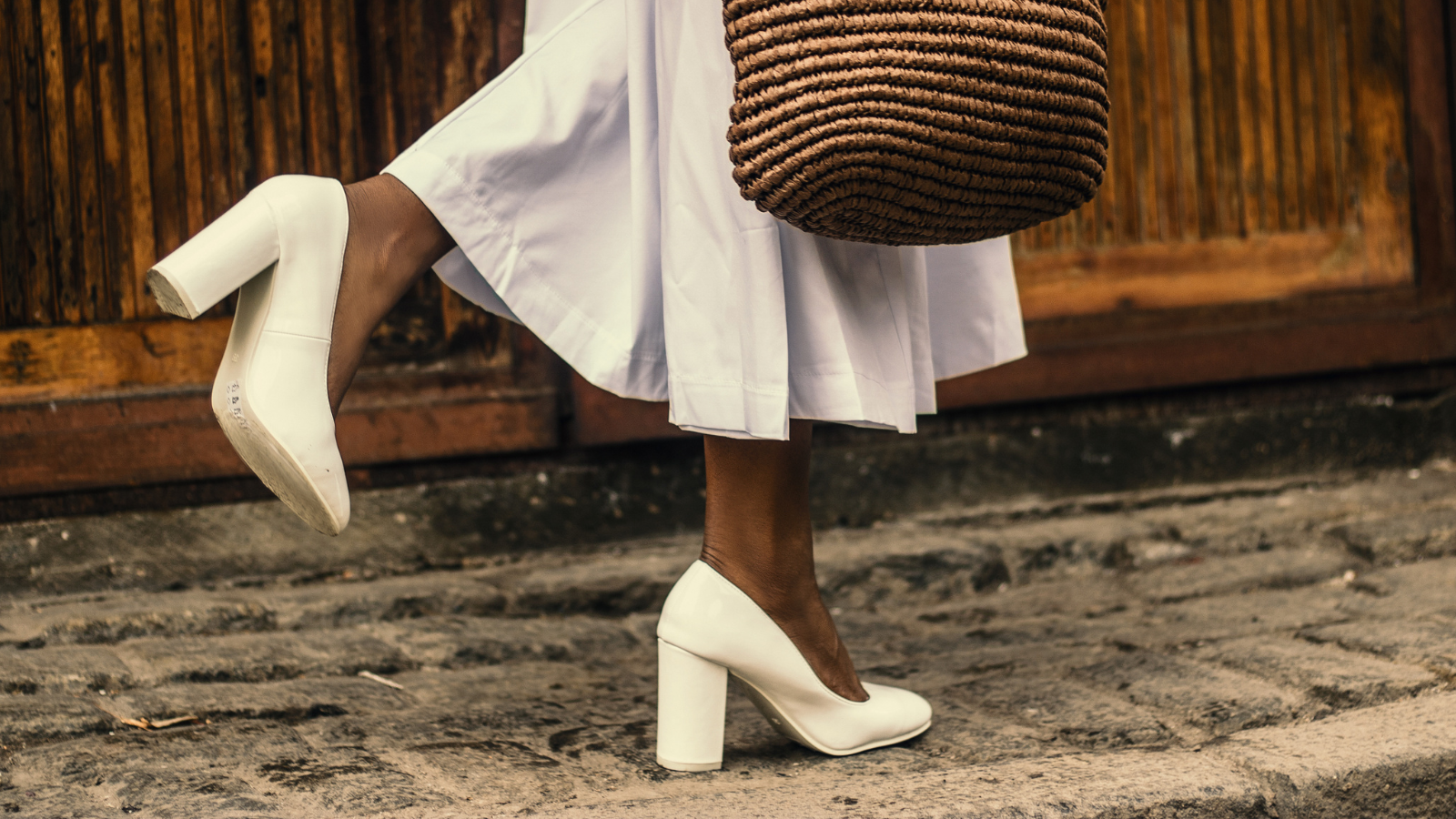How to choose the right walking shoes
Feet are remarkably adaptable and resilient, capable of withstanding substantial pressure and strain. However, if you frequently walk or hike, choosing the right footwear is essential to avoid discomfort, injury, or long-term damage. A well-fitting pair of hiking boots not only keeps your feet comfortable but also provides the support and protection necessary for different terrains and weather conditions. This guide will help you select the perfect hiking boots for your needs, ensuring your adventures are both enjoyable and safe.

Importance of proper fit
A good fit is the cornerstone of any hiking boot. Ill-fitting boots can lead to blisters, bruised toenails, and foot fatigue, all of which can spoil your hike. Here’s what to consider when finding the right fit:
- Try before you buy: Always try on hiking boots in the afternoon or evening, as feet tend to swell during the day. Bring along the socks you plan to wear on your hikes, as thicker socks can significantly affect the fit.
- Room for movement: Your toes should have enough room to wiggle freely but not so much that your foot slides forward, especially when walking downhill. Aim for about a thumb’s width of space between your toes and the front of the boot.
- Heel lock: The heel should fit snugly in the boot to prevent lifting, which can cause blisters. Lace-up fastenings act like a “seat belt” for your foot, keeping it securely in place.
Upper material: leather vs synthetic
The material of your hiking boot significantly impacts its durability, comfort, and performance. There are two main types of uppers to consider:
- Leather uppers:
Leather is a classic choice for hiking boots due to its durability and ability to mould to the shape of your feet over time. It is also breathable, allowing moisture to escape, which helps prevent sweaty, uncomfortable feet.- Full-Grain Leather: Offers excellent water resistance and durability, ideal for rugged terrain and multi-day hikes.
- Nubuck Leather: Softer and more flexible, making it a great choice for lighter trails or day hikes.
- Synthetic uppers:
Modern hiking boots often use synthetic materials like nylon or polyester. These are lighter than leather, quick-drying, and often less expensive. However, they may not last as long or provide the same level of water resistance.
Outsoles and grip
The outsole is the part of the boot that comes into direct contact with the ground. A quality sole ensures proper grip and stability, especially on uneven or slippery surfaces.
- Tread pattern: Look for deep lugs (the patterns on the sole) that offer a strong grip on mud, loose gravel, and wet rocks.
- Material: Most hiking boots use rubber soles, sometimes reinforced with carbon for extra durability.
- Flexibility: For more technical hikes, stiffer soles provide better support on rocky terrain, while flexible soles are suitable for flat or even trails.
Midsole and cushioning
The midsole provides cushioning and support, protecting your feet from the impact of rough terrain. There are two common types of midsoles:
- EVA (Ethylene Vinyl Acetate): Lightweight, soft, and cushioned, ideal for casual or shorter hikes.
- PU (Polyurethane): Firmer and more durable, making it suitable for longer or more challenging hikes.
Waterproofing and breathability
The UK’s unpredictable weather makes waterproof hiking boots a smart choice for many walkers. However, it’s equally important that your boots are breathable to prevent your feet from becoming sweaty and uncomfortable.
- Waterproof linings: Many hiking boots feature a Gore-Tex or similar membrane that keeps water out while allowing moisture to escape.
- Treatment: Some boots require occasional reproofing to maintain their waterproofing, so check the manufacturer’s care instructions.

Inner lining and comfort
The lining of your hiking boot plays a key role in comfort. Choose boots with a smooth, seamless interior to avoid irritation and blisters. Avoid models with thick, intrusive stitching inside the boot.
Weight
Heavy boots provide more support and durability, but they can tire you out more quickly. Lightweight boots are easier to walk in but may lack the sturdiness needed for difficult terrain. Consider the type of hiking you’ll be doing most frequently when deciding on weight.
Ankle support
Hiking boots come in various cuts to provide different levels of ankle support:
- Low-Cut: Similar to trainers, these are suitable for easy trails and short hikes.
- Mid-Cut: Offers some ankle support and protection from debris, ideal for moderate trails.
- High-Cut: Provides excellent ankle support and stability, perfect for challenging terrain or carrying heavy loads.
Socks matter too
Your choice of socks can make a significant difference in comfort and blister prevention. Opt for moisture-wicking hiking socks made from wool or synthetic materials, and avoid cotton, which retains moisture and can cause chafing. Learn more about socks here.

Try them out
Before committing to a pair of hiking boots, walk around the store, test them on inclines or steps, and mimic the movements you’d make on a hike. Many outdoor retailers offer in-store terrain simulators for this purpose.
Don’t forget aftercare
To prolong the life of your hiking boots, clean them after every hike and allow them to dry naturally. Apply waterproofing treatments as needed and store them in a cool, dry place.
Seek expert advice
If you’re unsure which boots are best for you, visit a specialist outdoor retailer. They can measure your feet, assess your needs, and recommend suitable options. For more advice on foot care and walking, visit the College of Podiatry’s Feet for Life website.
Choosing the right hiking boots is an investment in your comfort and safety. By taking the time to consider factors like fit, materials, and intended use, you’ll find a pair that supports your adventures for years to come. Happy hiking!

